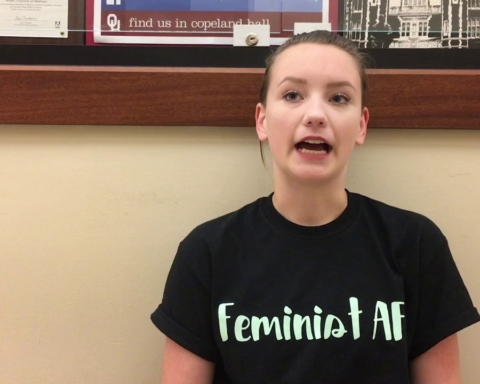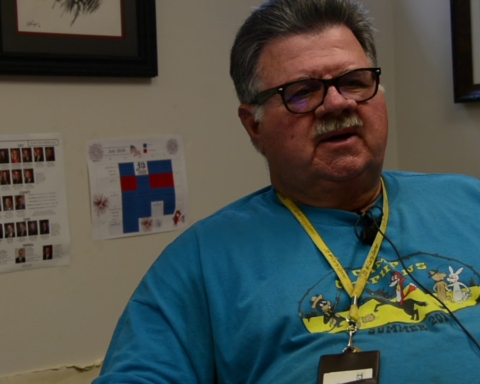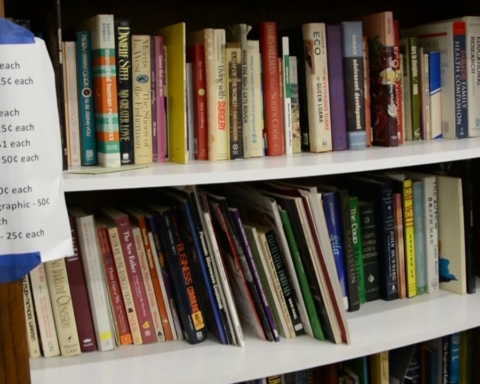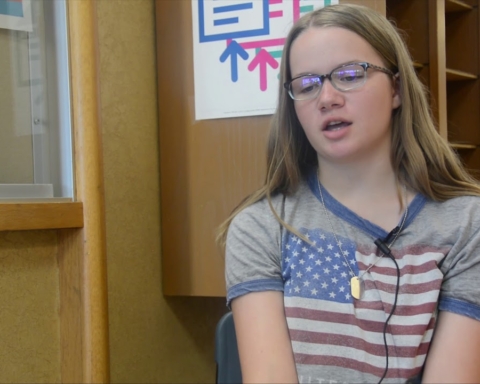Adopted from Guatemala at 5-years-old for the second time, Violet Parrott joined a very diverse and adoption friendly family.
“All of my aunts and uncles are adopted. My grandma’s always adopted kids; (she has) only two biological kids out of the 11 she has,” Violet says.
Violet, now a 16-year-old high school junior, lived with unfit parents for a year in Georgia after her first adoption from an orphanage in Guatemala. However, the couple didn’t understand how to love or care for a child who wasn’t theirs or looked different from them, Violet said.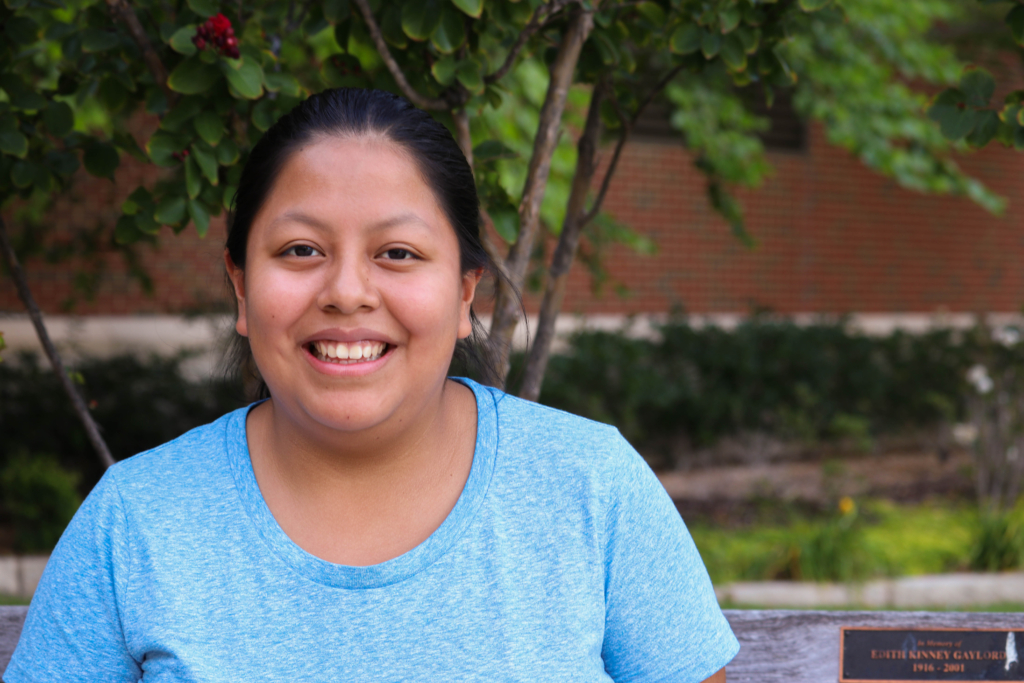
While the United States’ Child Protective Services revolves mainly around foster parents, Guatemala’s system consists of orphanages or similar establishments.
“You don’t get to go house to house,” Violet says. “You just live in an orphanage.”
Violet’s second adoption started when the first couple wanted to take her back to the orphanage in Guatemala.
The woman who is now her grandmother was a social worker who managed kids in the U.S. foster care system and connected Violet to the young couple who are now her parents.
“They have always loved me, supported me, never thought I was different from them,” Violet says. “I was their child; it doesn’t matter my mom never actually had me.’’
The couple moved Violet to Oklahoma with them, where she currently attends Harding Charter Preparatory High School.
“My parents are American and white. (People) see the difference, but I really didn’t,” she says.
A little more than a year later, Violet’s parents came home with an 18-month-old Guatemalan boy named William.
“They thought it was important for me to have someone who looked like me and came from the same background as me,” she says.
Although Violet has a loving family, she started noticing injustices with the American foster care system and the way children were being placed.
“Kids will jump from home to home, and they’re not treated right – they’re not treated like kids,” she says.
Seeing friends split from their siblings and being mistreated by the temporary families pushed Violet to want to advocate for children who are bounced from home to home and abused in the houses meant to care for them.
“If those older kids can’t get a foster home, they go in group homes, which are kind of like orphanages but aren’t the best,” she says. “It’s just not a good system.”
With group homes less focused on the kids, Violet explained it’s easier for neglect to happen when there’s not much real structure for the kids.
“You think, ‘Oh, I’m actually going to be put in a home, but this home is going to allow other people to hit me and abuse me, verbally, mentally and physically,’” she says.
Violet’s first goal is to help ensure siblings don’t get separated from each other when going through foster care.
“You really need that other person,” she says, “you need your sibling.”
Her second goal is to reform group homes, making them stable and safer for children and teens to have a healthy home.
Knowing how it feels to struggle in the system, Violet says she believes she can be an asset to improving of foster systems across the country.
“To have someone who can relate to them, I think would make it easier to help fix our system,” she says.

